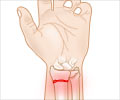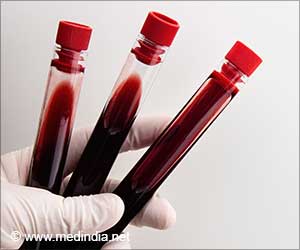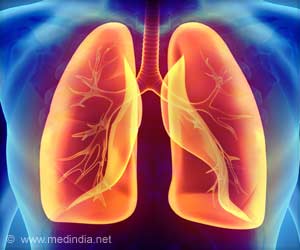A new study focuses on eating disorders and their treatment in elite athletes, including the broader sport context and the role of the sport support team.

‘Support teams need to be involved more in ensuring a smooth transition back into sport and/or creating a safe and healthy environment around the athletes.’





Elite-level athletes are at increased risk of eating disorders. Up to 45 percent of female athletes and 19 percent of male athletes have positive screening results for eating disorders and disordered eating behaviors, compared to a population prevalence of 5 percent.Athletes may also face "sport-specific" risk factors, such as an emphasis on leanness or weight categories, comments on body weight and shape, and revealing uniforms.
It may be difficult to distinguish the high-calorie intake of athletes in training from binge eating, or intensive training regimens from the compulsive exercise seen in some patients with eating disorders.
Given their severe health impact and high medical costs, eating disorder treatments at all levels of care must be tailored for athletes given their unique risk factors and presentations. Inpatient/residential treatment is needed for athletes with severe eating disorders. These patients may have very low body weight or rapid weight loss, suicidal thoughts, and potential medical complications. Intensive outpatient/partial hospitalization is appropriate for athletes transitioning out of inpatient/residential care, or who need more than outpatient care. Although not hospitalized, patients are in treatment several days per week, several hours per day.
Outpatient care is indicated for athletes with mild to moderate eating disorders, or those stepping down from a higher level of care. These patients are in a "fairly stable" medical condition, but still, need close monitoring to address disordered eating behaviors and thoughts and to monitor their progress.
Advertisement
As athletes proceed through treatment, prescribed activity levels are gradually increased. Patients might be surprised (and potentially triggered) by the caloric intake required to continue weight restoration with increased physical activity.
Although their review is not exhaustive, researchers hope it will spur further interest and research into the unique characteristics and management of eating disorders in athletes.
Future research may consider longitudinal studies of athlete-specific treatment considerations outlined in this paper and the implementation of athlete-specific eating disorder assessment tools at various stages throughout treatment.
Source-Medindia














